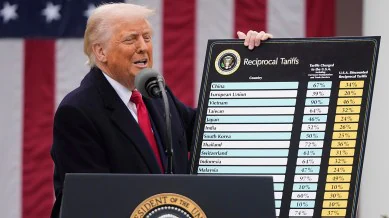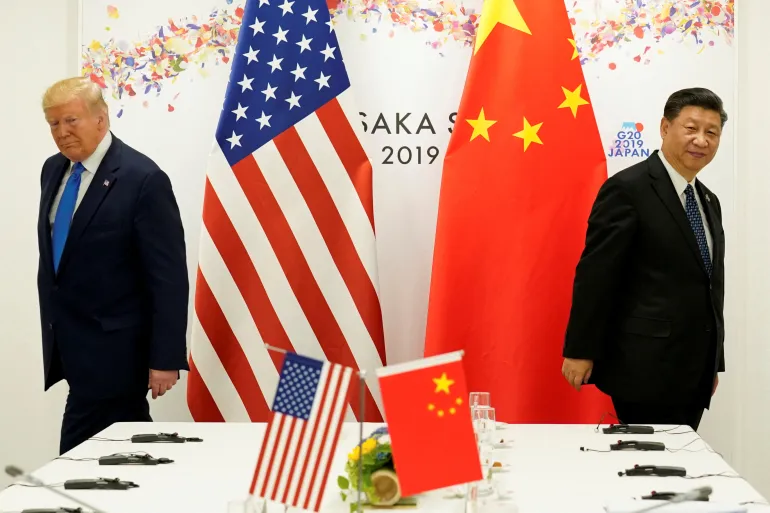Introduction
As tensions between the United States and China heat up under former President Donald Trump’s revived trade policy push, India finds itself caught in the middle. But more than just a passive observer, India is taking proactive steps to guard its markets against what it calls “Chinese dumping” — the practice of flooding foreign markets with low-cost goods. This blog explores the top five strategies India is employing to counteract this economic threat, especially as global protectionism rises.

1. Imposing Anti-Dumping Duties
The Indian government, through the Directorate General of Trade Remedies (DGTR), has been increasingly vigilant in launching investigations and levying anti-dumping duties on Chinese imports. From steel to electronics, India has widened its watchlist to cover sectors vulnerable to underpriced imports. These duties aim to create a level playing field for domestic manufacturers.
2. Tightening Import Quality Standards
In a move to indirectly curb dumping, India has revised its Bureau of Indian Standards (BIS) framework to impose stricter quality control measures. This prevents substandard Chinese goods from entering Indian markets while promoting consumer safety and local manufacturing under the ‘Make in India’ campaign.
3. Enhancing Border Checks and Customs Surveillance
India has ramped up customs scrutiny, especially on Chinese goods. This includes red-flagging high-risk imports, slowing down clearance processes for suspicious consignments, and increasing random checks. These delays often serve as a deterrent for mass imports aimed at price manipulation.
4. Supporting Domestic Manufacturers
The government is also backing Indian producers with Production Linked Incentive (PLI) schemes and subsidies, particularly in sectors like electronics, solar modules, and pharmaceuticals. By strengthening domestic supply chains, India reduces its reliance on Chinese imports and counters price distortions caused by dumping.
5. Aligning with US and Allies on Trade Policy
With Donald Trump’s rhetoric around trade wars returning to the forefront of U.S. policy, India is exploring stronger cooperation with the U.S. and allies like Japan and Australia. This includes participating in supply chain initiatives and leveraging joint platforms to address global overcapacity driven by Chinese industries.

Conclusion
India’s concern over Chinese dumping is not new, but the stakes are higher in the current global context. With the United States once again turning up the pressure on China through tariffs and trade barriers, India is taking calculated steps to shield its economy. From duties and standards to strategic alliances, these measures are redefining India’s trade defense playbook. As global tensions evolve, India’s balancing act will be critical — both for its own economic health and the broader Asia-Pacific region.
Related reading: How India Plans to Diversify Trade Partners
External Source: WTO Anti-Dumping Agreement











